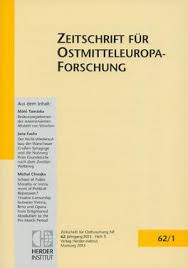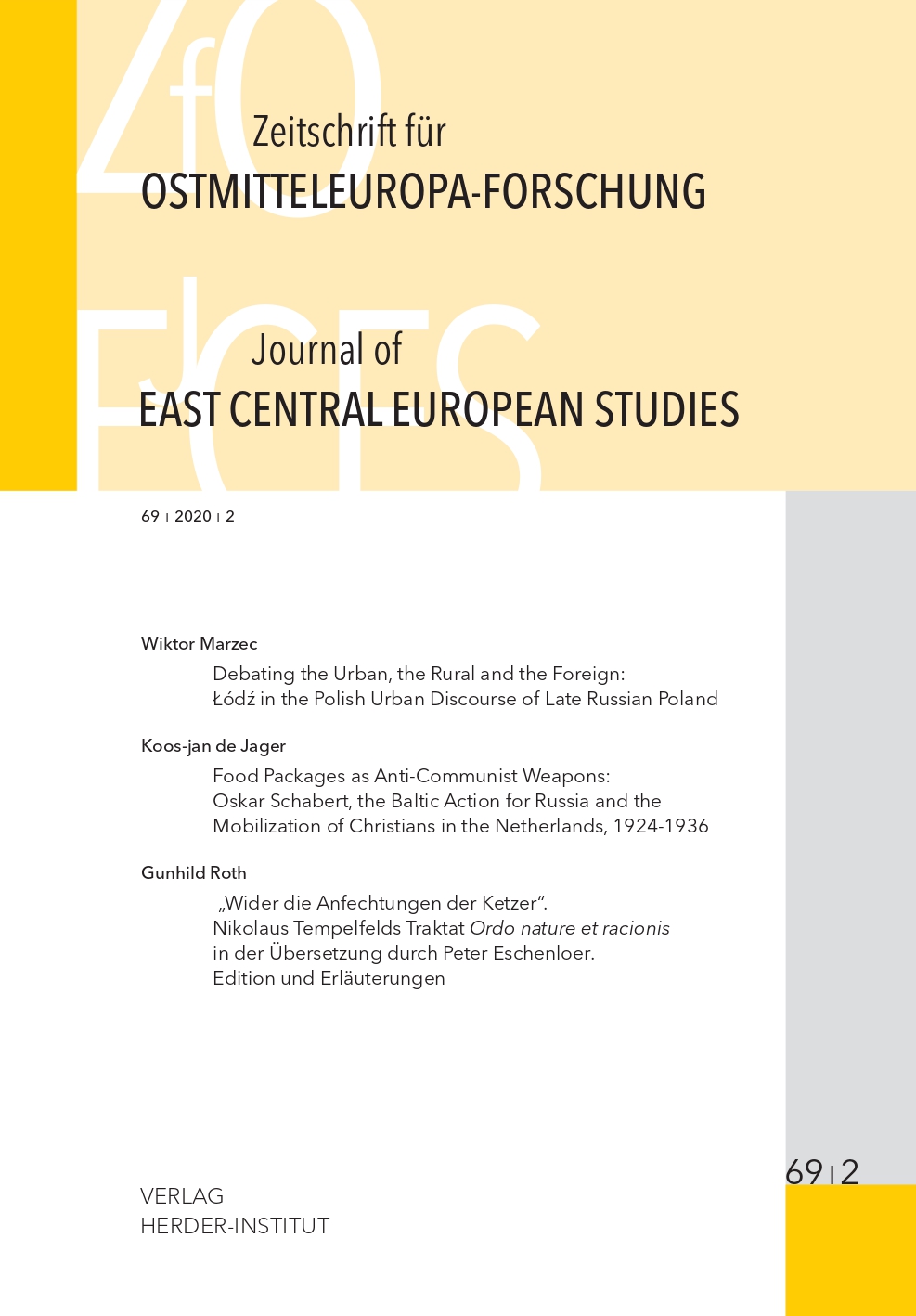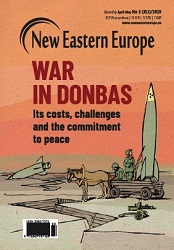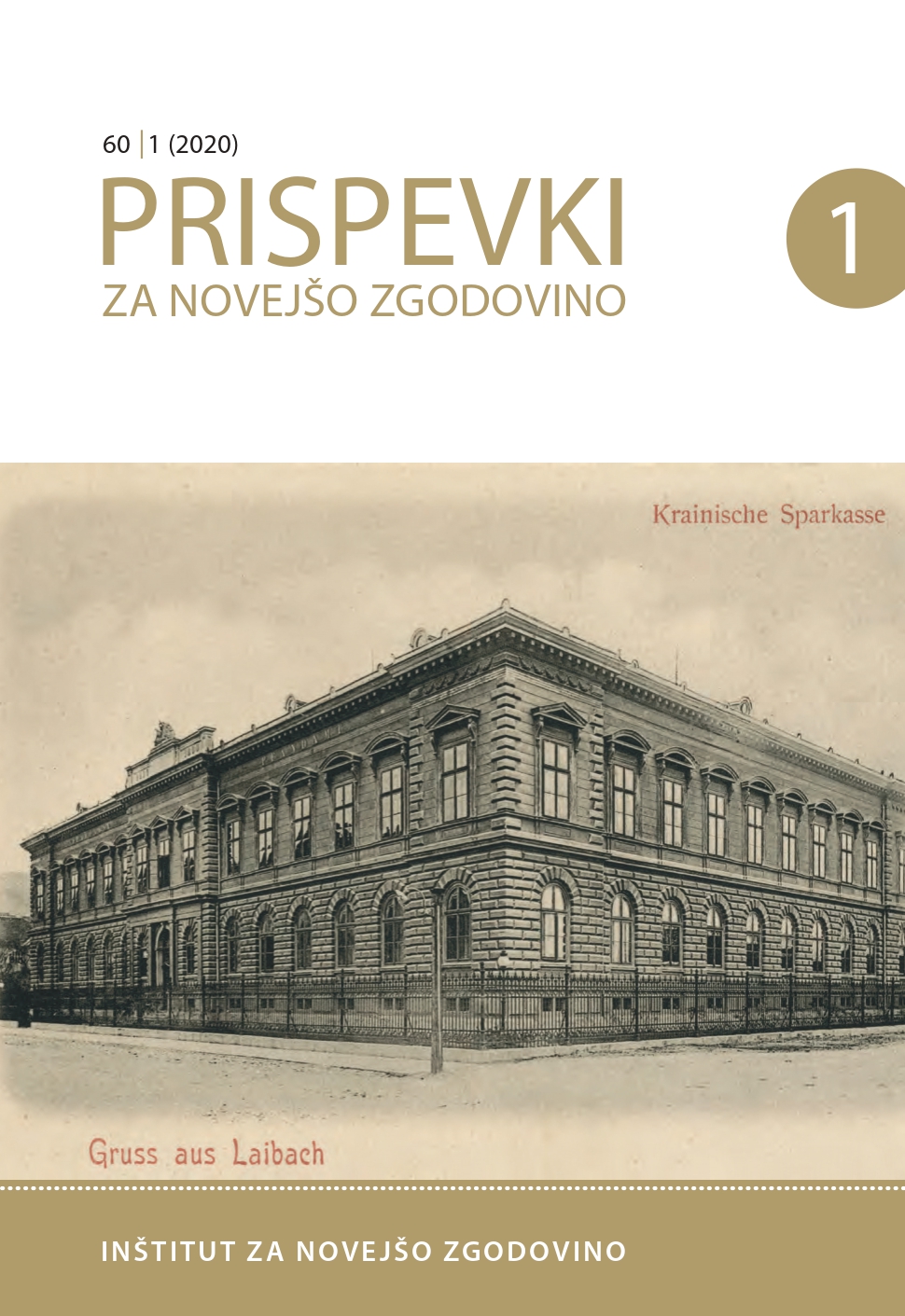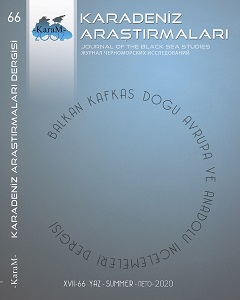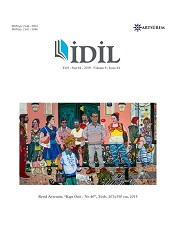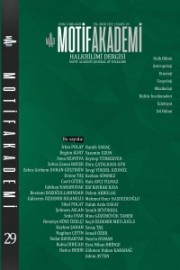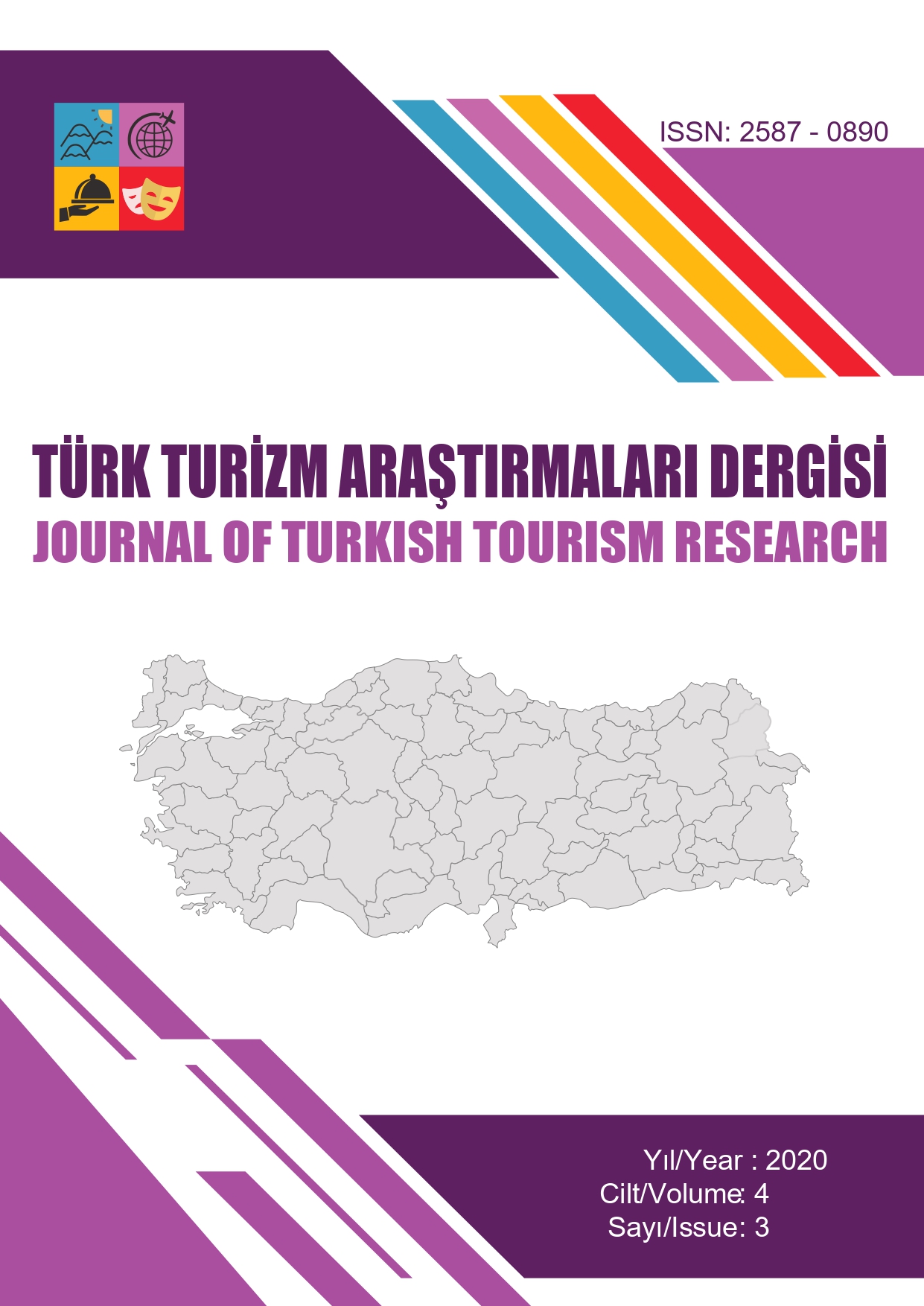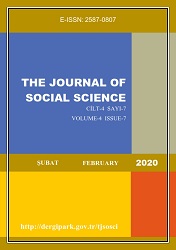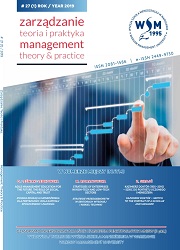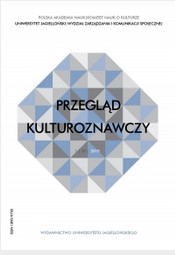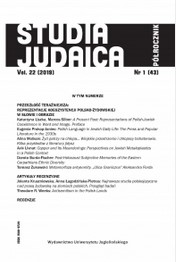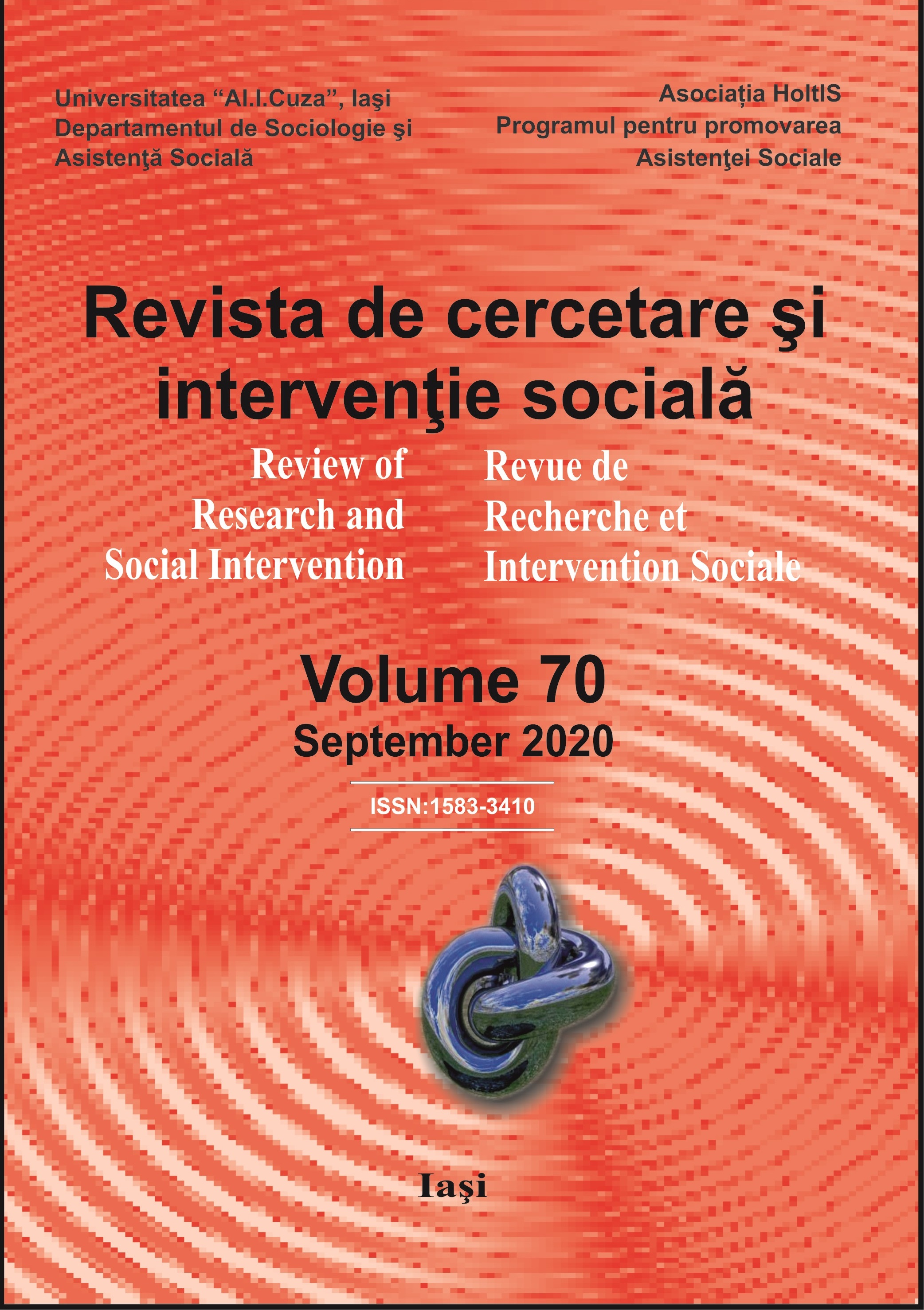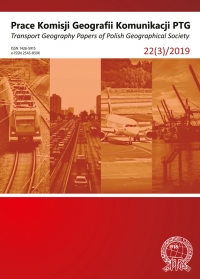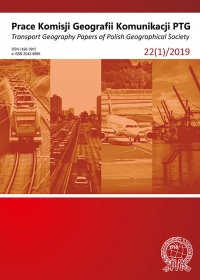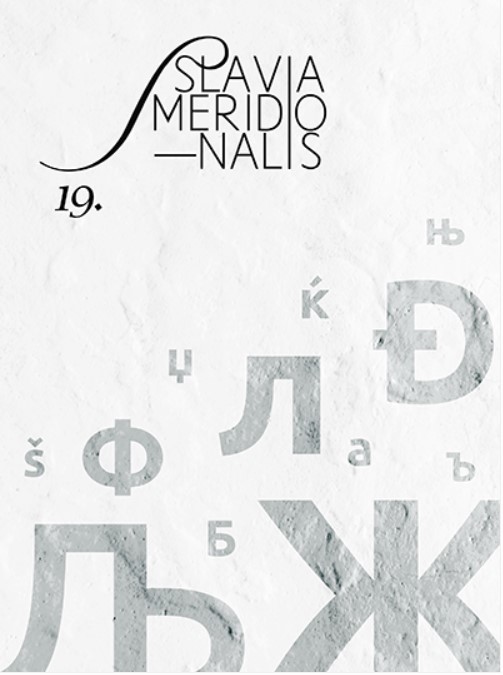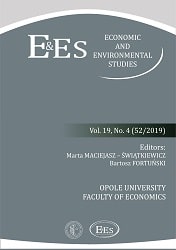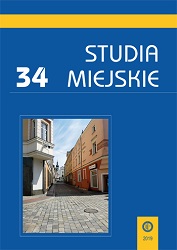Author(s): Caner Şengünalp / Language(s): Turkish
Issue: 64/2019
The industrialization process, which is the undisputed main actor of social transformations for nearly one hundred and fifty years, is an important factor triggering urban problems. This process, which is one of the main determinants of social and urban dynamics, has an indispensable effect on the increasing growth of important problems related to urban growth, development and planning. The urban texture of the pre-industrial urban environment has been transformed with the changing production techniques and the cities, which have the character of an art work, have become a product. This negative transformation, spreading in a global influence, has infiltrated into daily life and prepared the ground for the emergence of ugliness, kitsch, incompatibility, distortion and commodification in urban space. Post-industrial cities need to be repaired with some kind of renaissance, a planned process of thought and activity. Urbanization problem; aesthetics, political, spatial and cultural can be opened to a discussion in a spiral, design and solution processes can be carried out in this axis. One of the ways to solve the problems that arise in the process of creating urban fabric is to take concrete steps in order to transform the city into a ından work deneyim that is experienced again. First of all, we must return to the tradition of urban space-art cooperation which has been going on since Ancient Greece. In this context, inclusion of the possibilities of contemporary art in the planning processes of spatial productions may contribute to the practices of constructing physical, social, mental and spiritual spaces in urban fabric, may help to repair the deterioration of post-industrial urban fabric, and may form a common denominator in problem-solving.
More...
